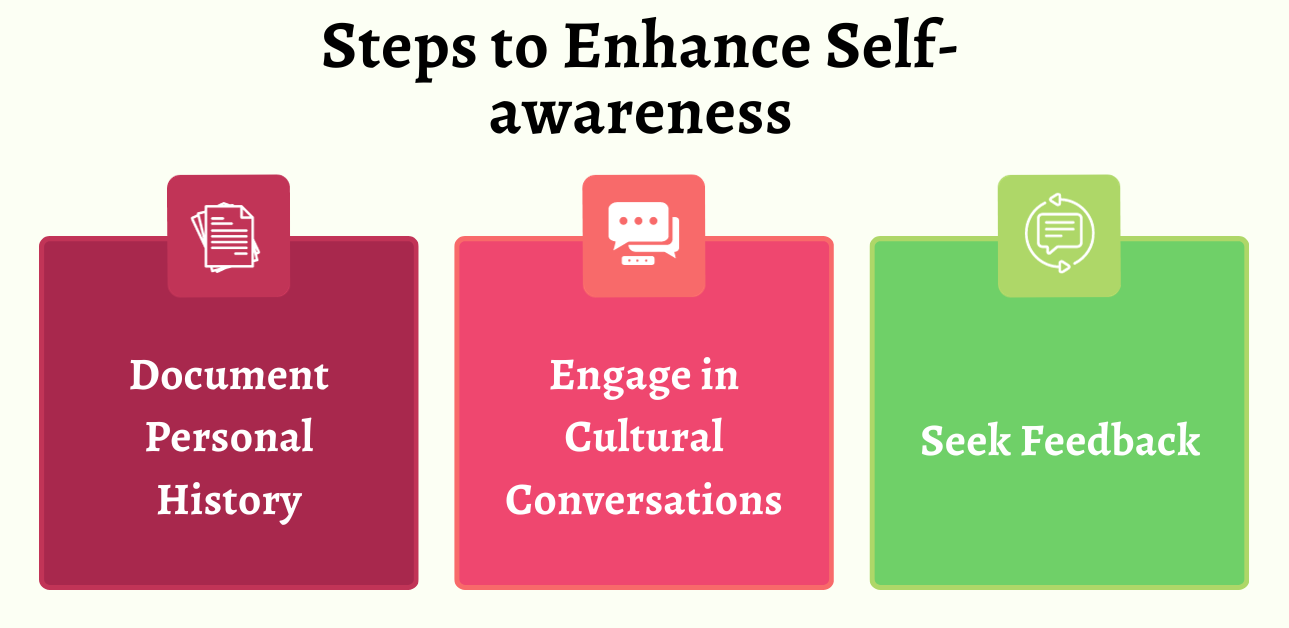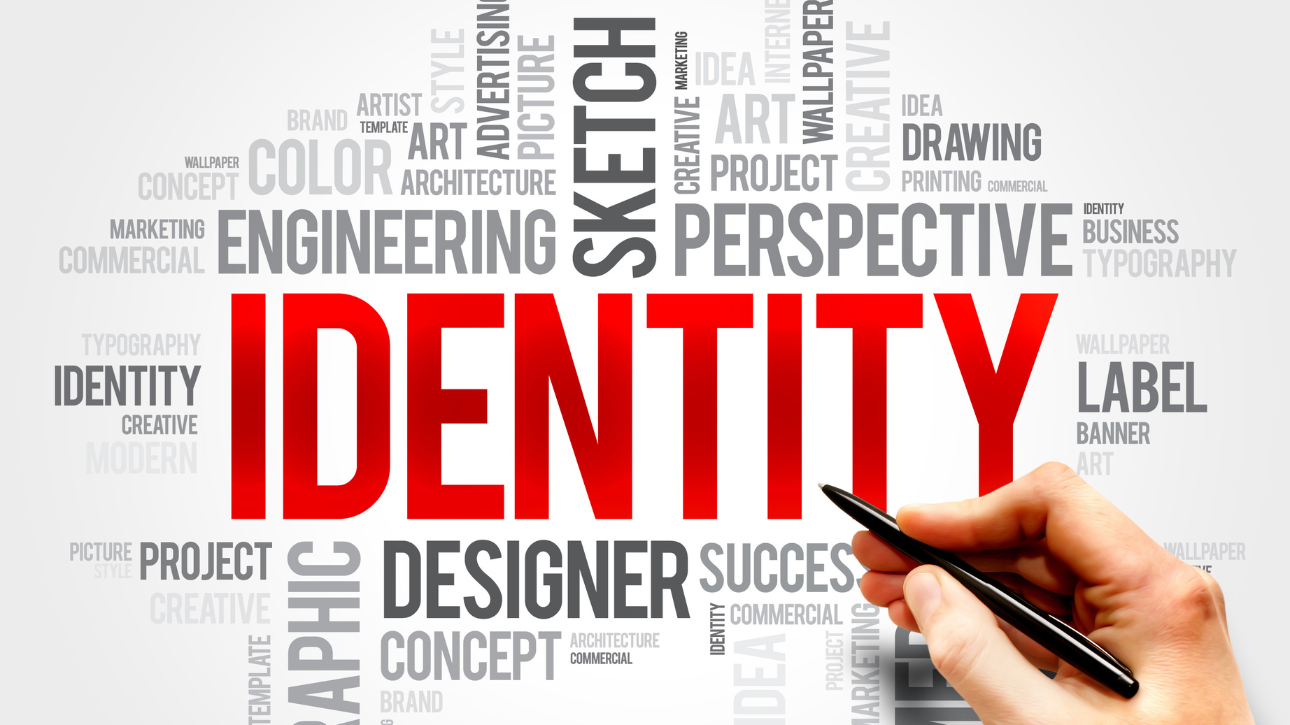Introduction
In Australia’s early childhood education realm, the spotlight often shines on the CHCECE001 unit, a cornerstone for those aiming to develop cultural competence. As our nation thrives as a cultural melting pot, understanding and embracing different cultural identities, the heritage of the Torres Strait Islander peoples, who have a rich cultural background, is especially noteworthy and becomes crucial. The National Quality Standard and National Quality Framework underscore this, advocating for a harmonious blend of diverse backgrounds in educational settings.
This guide is tailored for educators, students navigating their cultural competence assessment, and anyone keen to grasp the nuances of developing cultural competency. With Australia’s educational landscape ever-evolving, understanding the CHCECE001 unit’s pivotal role is essential for fostering an inclusive learning environment where acceptance and understanding reign supreme.
Understanding CHCECE001
The CHCECE001 unit is more than just a code; it is a comprehensive guide to developing cultural competency within the Australian educational framework. Let us break down its core components:
Key Elements of CHCECE001:
- Self-reflection: Recognising one’s own cultural biases and understanding their origins.
- Cultural Identification: Pinpointing the diverse cultural identities within the community.
- Research: Delving into the histories and cultures of the Aboriginal and Torres Strait Islander communities.
- Support: Advocating for individual cultural identities and fostering mutual respect.
Performance Criteria Highlights:
- Self-awareness: Identifying events in one’s history influencing current values and beliefs.
- Environment Influence: Recognising environmental aspects shaping one’s cultural identity.
- Cultural Competency Development: Identifying skills and knowledge areas needing enhancement.
CHCECE001 in the National Framework:
| Framework Component | Relevance to CHCECE001 |
| National Quality Standard | Emphasises the importance of cultural competence in quality education. |
| Early Years Learning Framework | Advocates for understanding and acceptance of diverse cultures in early education. |
| National Quality Framework | Sets the guidelines for incorporating cultural competence in educational settings. |
By grasping the essence of CHCECE001, educators and students alike can navigate the complexities of the development of cultural competence assessments and ensure they are aligned with national standards.
Reflecting on One’s Cultural Identity and Biases
Understanding oneself is the first step towards achieving actual cultural competence. This section delves into the importance of self-awareness and reflection in becoming a culturally competent educator.
Significance of Self-reflection:
- Personal History: Recognising one’s family background and significant events shape beliefs and attitudes.
- Cultural Influences: Identifying environmental and societal factors that mould cultural identity.
- Bias Recognition: Acknowledging potential biases and their impact on interactions with individuals from different cultural
Steps to Enhance Self-awareness:

Impact of Biases on Education:
| Bias Type | Potential Impact on Students |
| Language Bias | It may hinder effective communication strategies, leading to misunderstandings. |
| Cultural Stereotyping | It can affect the acceptance of others and create a non-inclusive learning environment. |
| Learning Style Bias | This might limit the range of education methods, not catering to all students’ needs. |
By actively reflecting on one’s cultural identity and biases, educators can provide an inclusive learning environment where every student feels valued and understood, irrespective of their cultural background.
Developing Cultural Competency
In the diverse landscape of Australian education, developing cultural competency is not just a requirement but a necessity. This section highlights the steps and strategies to enhance cultural understanding and foster inclusivity.
Foundations of Cultural Competency:
- Diverse Interactions: Engaging with individuals from different cultural backgrounds to gain firsthand experience and understanding.
- Continuous Learning: Seeking professional development opportunities to stay updated on cultural trends and best practices.
- Curriculum Integration: Incorporating cultural studies and real-world examples into the curriculum to provide a holistic view.
Strategies for Enhancing Cultural Competency:
- Cultural Workshops: Participating in workshops focusing on Torres Strait Islander culture and other significant cultural groups.
- Language Classes: Learning basic phrases or greetings from various languages to foster effective communication strategies.
- Cultural Celebrations: Celebrating cultural events by organising and participating in Australia’s cultural melting pot.
Benefits of Cultural Competency in Education:
| Benefit | Description |
| Inclusive Environment | Creates a space where students from all backgrounds feel welcomed and understood. |
| Enhanced Communication | Fosters oral communication skills that cater to a diverse student population. |
| Broader Perspectives | Encourages students to appreciate and respect different cultural identities, promoting global citizenship. |
By prioritising the develop cultural competence, educators can ensure they are meeting the national quality standard and preparing students to thrive in a multicultural world.
Researching Aboriginal and Torres Strait Islander Communities
The rich tapestry of Australia’s history is deeply intertwined with the Aboriginal and Torres Strait Islander peoples. To truly develop cultural competence, it is essential to delve into these communities’ histories, cultures, and contributions.
Why Research is Vital:
- Historical Context: Understanding the impact of events like the white colonisation of Australia and its effects on these communities.
- Cultural Appreciation: Gaining a deeper respect for the Torres Strait Islander culture and its significance in the Australian narrative.
- Informed Education: Ensuring the curriculum reflects accurate and respectful information about these communities.
Key Areas of Focus in Research:
- Historical Events: Exploring significant events, from the British colonisation of Australia to contemporary issues.
- Cultural Practices: Delving into traditional healing methods, ceremonies, and cultural celebrations.
- Community Contributions: Recognising the invaluable contributions of the Aboriginal and Torres Strait Islander communities has significantly shaped Australian society.
Resources for Comprehensive Research:
| Resource | Description |
| Australian Human Rights Commission | Provides insights into the rights and challenges faced by these communities. |
| Aboriginal and Torres Strait Islander Commission | Offers detailed information on cultural practices, history, and community initiatives. |
| National Quality Framework | Highlights the importance of incorporating accurate and respectful information about these communities in the curriculum. |
Supporting Individual Cultural Identities
Recognising and supporting individual cultural identities is paramount in a multicultural nation like Australia. This section underscores the importance of fostering an environment where every student’s cultural background is acknowledged and celebrated.

The Essence of Cultural Identity:
- Unique Perspectives: Every individual brings distinct beliefs, traditions, and experiences.
- Shared Experiences: While individual identities are unique, shared experiences within cultural groups bind them together.
- Foundation for Growth: Recognising and valuing cultural identity gives students a strong sense of identity, fostering confidence and resilience.
Strategies to Support Cultural Identities:
- Cultural Days: Organise events where students can showcase their cultural heritage, from food to traditional performances.
- Inclusive Curriculum: Ensure that the curriculum reflects stories, histories, and contributions from a range of education
- Open Dialogues: Create platforms where students can share their cultural experiences, fostering awareness of cultural differences and mutual respect.
Benefits of Supporting Cultural Identities in Education:
| Benefit | Description |
| Enhanced Engagement | Students feel seen and valued, leading to increased participation and enthusiasm. |
| Broader Worldview | Exposure to different cultural identities enriches the learning environment, promoting global awareness. |
| Fostering Unity | While celebrating differences, students also recognize shared human experiences, fostering unity and camaraderie. |
Creating a Supportive Environment for Cross-Cultural Understanding
In the diverse classrooms of Australia, creating an environment that fosters cross-cultural understanding is essential. This section delves into the strategies and benefits of cultivating such an environment.
Importance of a Cross-Cultural Environment:
- Mutual Respect: An environment that values all cultures promotes mutual respect and understanding among students.
- Enhanced Learning: Diverse perspectives enrich discussions, providing a more comprehensive learning experience.
- Preparation for the Global Stage: Students are better prepared to interact and collaborate with individuals from various cultural backgrounds in their future endeavours.
Strategies to Foster Cross-Cultural Understanding:
- Cultural Exchange Programs: Partner with schools from different countries or regions to facilitate student exchanges or virtual interactions.
- Diverse Reading Lists: Incorporate books and materials from various cultures into the curriculum.
- Interactive Workshops: Organise workshops focusing on effective communication strategies across cultures, including understanding non-verbal cues and cultural etiquette.
Key Components of a Supportive Environment:
| Component | Description |
| Inclusive Policies | Implement policies that promote inclusivity and discourage any form of discrimination. |
| Cultural Corners | Create dedicated spaces in the classroom where students can display artefacts or information about their culture. |
| Feedback Mechanisms | Establish platforms where students can voice their opinions or concerns regarding cultural matters, ensuring continuous improvement. |
Implementing Inclusive Learning Experiences
In developing cultural competency, inclusive learning experiences must be considered. This section highlights how educators can craft learning experiences catering to a diverse student body, ensuring everyone feels included and engaged.
Why Inclusive Learning Matters:
- Holistic Development: Inclusive learning nurtures academic growth and emotional and social development.
- Diverse Perspectives: Students gain insights from peers with varied backgrounds, enriching classroom discussions.
- Building Empathy: Engaging with diverse learning experiences fosters empathy, understanding, and mutual respect.
Strategies for Inclusive Learning:
- Collaborative Projects: Encourage students from different cultural backgrounds to collaborate, sharing their unique perspectives.
- Cultural Case Studies: Integrate real-world case studies highlighting diverse cultural scenarios, promoting critical thinking.
- Interactive Technology: Utilise technology platforms that allow students to engage with global peers, broadening their horizons.
Components of Inclusive Learning Experiences:
| Component | Description |
| Flexible Curriculum | Adapt the curriculum to incorporate diverse cultural content, ensuring relevance for all students. |
| Feedback Loops | Regularly gather feedback from students to understand their learning needs and make necessary adjustments. |
| Resource Diversity | Use various resources, from books to digital content, that reflect global cultures and experiences. |
Supporting Children in Developing Personal and Cultural Identity
In the formative years of a child’s life, developing a strong personal and cultural identity plays a pivotal role in shaping their worldview and self-esteem. This section delves into the strategies and importance of nurturing this identity in the classroom.

Significance of Cultural Identity in Children:
- Self-confidence: A strong sense of identity boosts a child’s confidence, enabling them to navigate challenges with resilience.
- Social Skills: Understanding their own culture and those of others enhances a child’s ability to interact harmoniously with peers.
- Cognitive Growth: Recognising and appreciating cultural differences can stimulate cognitive development and critical thinking.
Strategies to Support Identity Development:
- Storytelling Sessions: Share tales from various cultures, highlighting the Torres Strait Islander culture and other significant global narratives.
- Cultural Art Projects: Encourage children to create art that reflects their cultural heritage, fostering creativity and cultural pride.
- Interactive Discussions: Facilitate discussions where children can share their traditions, festivals, and family customs.
Key Aspects of Nurturing Cultural Identity:
| Aspect | Description |
| Safe Spaces | Create environments where children feel safe to express their cultural beliefs and practices without judgment. |
| Diverse Role Models | Introduce children to role models from various cultural backgrounds, emphasizing the values of acceptance and respect. |
| Cultural Celebrations | Organize events where children can showcase and learn about different cultural festivities and traditions. |
Conclusion
As Australia continues to flourish as a diverse nation, the emphasis on developing cultural competence in the educational sector becomes increasingly paramount. The CHCECE001 unit, with its comprehensive guidelines and objectives, serves as a beacon for educators, guiding them towards creating an inclusive and culturally rich learning environment.
Key Takeaways from the Article:
- The Role of CHCECE001: Cultural competence is a crucial component that highlights the significance of a pivotal unit in the early childhood education sector.
- Self-awareness: Recognising one’s biases and cultural background is the first step towards fostering a truly inclusive environment.
- Supporting Cultural Identities: Actively celebrating and understanding diverse cultures ensures that every student feels valued and understood.
- Inclusive Learning: Crafting learning experiences that cater to a diverse student body are essential for holistic development.
Looking Ahead:
Australia’s educational landscape is ever-evolving, and with the guidelines set by the National Quality Framework and the Early Years Learning Framework, the future looks promising. Educators are responsible for continuous learning, adapting, and implementing strategies that meet and exceed these standards.
VET Resources offers information and tools for those keen on diving deeper into resources and enhancing cultural competence. From professional development opportunities to comprehensive guides on units of competency, VET Resources is your go-to platform for all things related to vocational education and training.
Frequently Asked Questions (FAQs)
Q1. What does it mean to develop cultural competence in the context of early childhood education?
- Developing cultural competence means acquiring the skills, knowledge, and attitudes that allow an early childhood educator to interact effectively and respectfully with people from diverse cultural backgrounds.
Q2. How do student assessment tasks relate to develop cultural competence in the CHCECE001 unit?
- Student assessment tasks for the CHCECE001 unit evaluate students’ ability to understand, respect, and implement strategies that promote cultural competence in an educational setting.
Q3. What are units of competency in the context of the diploma of early childhood education?
- Units of competency are specific modules or sections within the diploma of early childhood education that outline the skills and knowledge a student needs to demonstrate to be deemed competent in a particular area.
Q4. How can I ensure a culturally safe environment in my classroom?
- A culturally safe environment is where all students feel respected and valued for their unique cultural identities. This can be achieved by promoting inclusivity, understanding cultural nuances, and implementing strategies from the CHCECE001 unit.
Q5. I need help with my CHCECE001 assignments. Is there online assignment help available?
- Yes, there are online platforms with a team of experts specializing in early childhood education that offer assignment help. Ensure you choose a reputable service to get the best chances of success.
Q6. What is the cost of AUD in relation to online assignment help services?
- The price in AUD for online assignment help varies based on the complexity of the assignment, the expertise required, and the platform chosen. It is advisable to compare prices and reviews before making a decision.
Q7. How is the record of assessment used by early childhood educators?
- A record of assessment documents a student’s progress, achievements, and areas needing improvement. It serves as a summary of evidence for educators to determine a student’s competency in specific units, including CHCECE001.
Q8. Why is the name of the assessor significant in student assessments?
- The assessor’s name provides accountability and ensures that a qualified individual has reviewed and evaluated the student’s work.
Q9. How do forms of communication play a role in developing cultural competence?
- Different cultures have varied forms of communication, both verbal and non-verbal. Understanding these nuances is crucial for effective interaction and is a key component of the CHCECE001 unit.
Q10. What is the relevance of the Australian Human Rights Commission Act in early childhood education?
- The Australian Human Rights Commission Act promotes equality and addresses issues of discrimination. Early childhood education underscores the importance of providing an inclusive environment where all students are treated with respect and dignity regardless of their cultural background.
Disclaimer:
The information presented on the VET Resources blog is for general guidance only. While we strive for accuracy, we cannot guarantee the completeness or timeliness of the information. VET Resources is not responsible for any errors or omissions, or for the results obtained from the use of this information. Always consult a professional for advice tailored to your circumstances.






